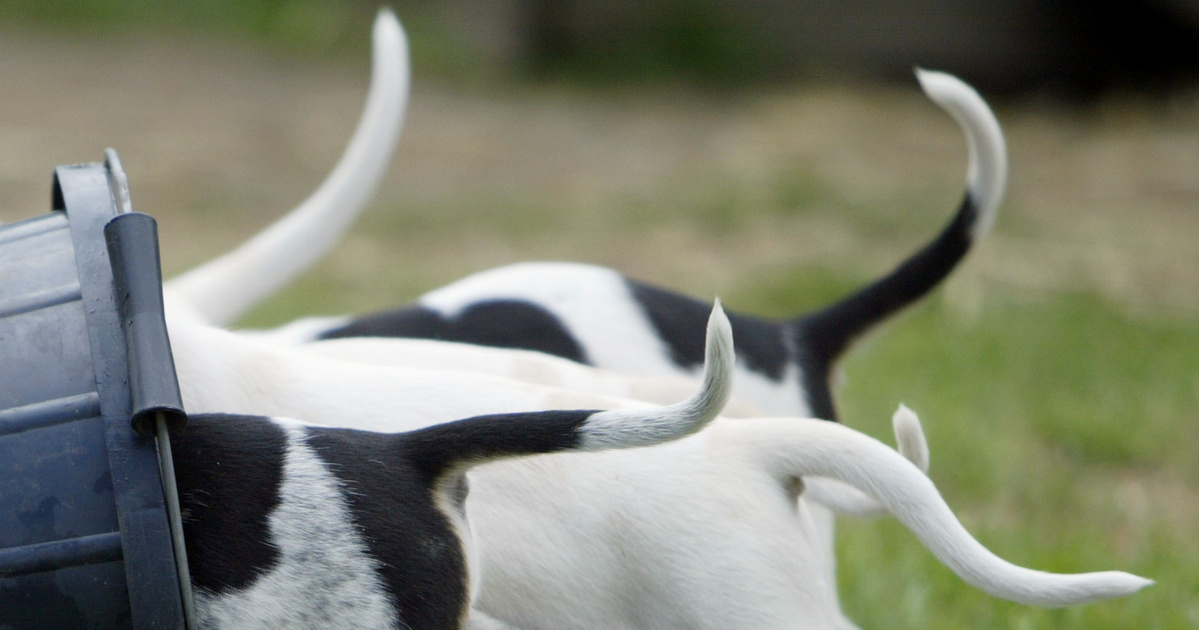Despite thousands of years of coexistence, we still don't know why dogs wag their tails. According to a new explanation presented by colleagues from the University of Turin and the University of Veterinary Medicine in Vienna, this behavior may be related to domestication and the human sense of rhythm.
Popular belief holds that tail wagging is a sign of a good mood, and the authors of the new research analyzed the scientific literature of more than a hundred research papers and found data that aggressive dogs wag their tails more than their more peaceful companions. Other studies have found that dogs will also shake when they are handed meaningless objects, such as a plastic bag or a fan. Waving is thought to indicate general alertness or excitement. According to some conclusions, it simultaneously indicates hunger in puppies, that is, a signal with a completely specific meaning.
It is not the tail that wags the fox
It is not easy to come to a clear conclusion, so Silvia Leonetti and Giulia Cimarelli offer some logical and untested explanations. One is “domestication syndrome,” whereby different characteristics in dogs have been selected for by their proximity to humans, and tail wagging is just a side effect of this.
Although humans do not choose to wag their tails directly, domesticated foxes do exhibit the behavior of wagging and tail curling. This may be a genetic link between tail anatomy and kindness
they write.
According to another possible solution, the answer lies in the gray area of domestication: it is caused by humans, but without their knowledge.
It is possible that wagging was one of the goals of the domestication process, as people unconsciously preferred dogs that wagged their tails, especially those that wagged their tails in the correct rhythm. We call this the “domesticated rhythmic vibration” theory.
They said.
The latter theory is not as exaggerated as one might initially think: cognitive research has demonstrated that the human brain is naturally drawn to rhythmically repeated signals, which could have enhanced behavior as an element of interaction between humans and dogs.
the Biology lettersThe authors of the paper published in the journal admitted that there is nothing to support their theories yet, and they consider further research necessary to verify them.














































